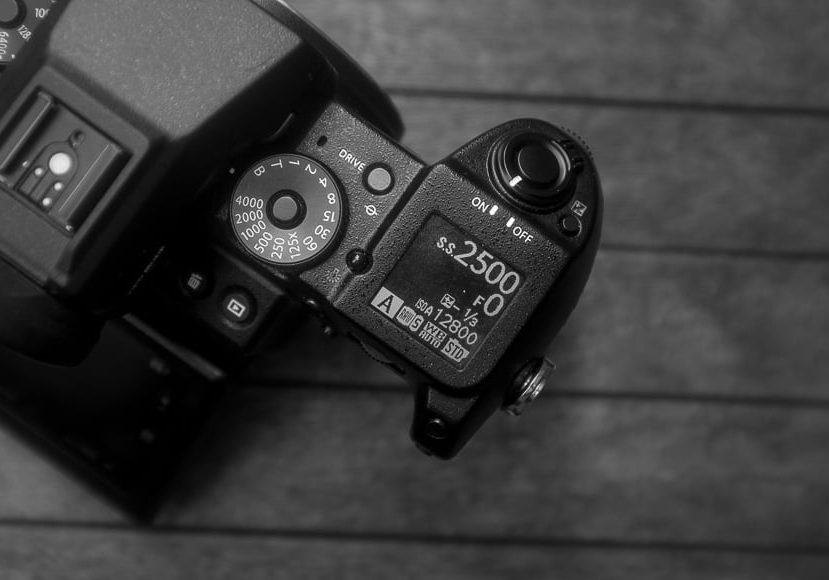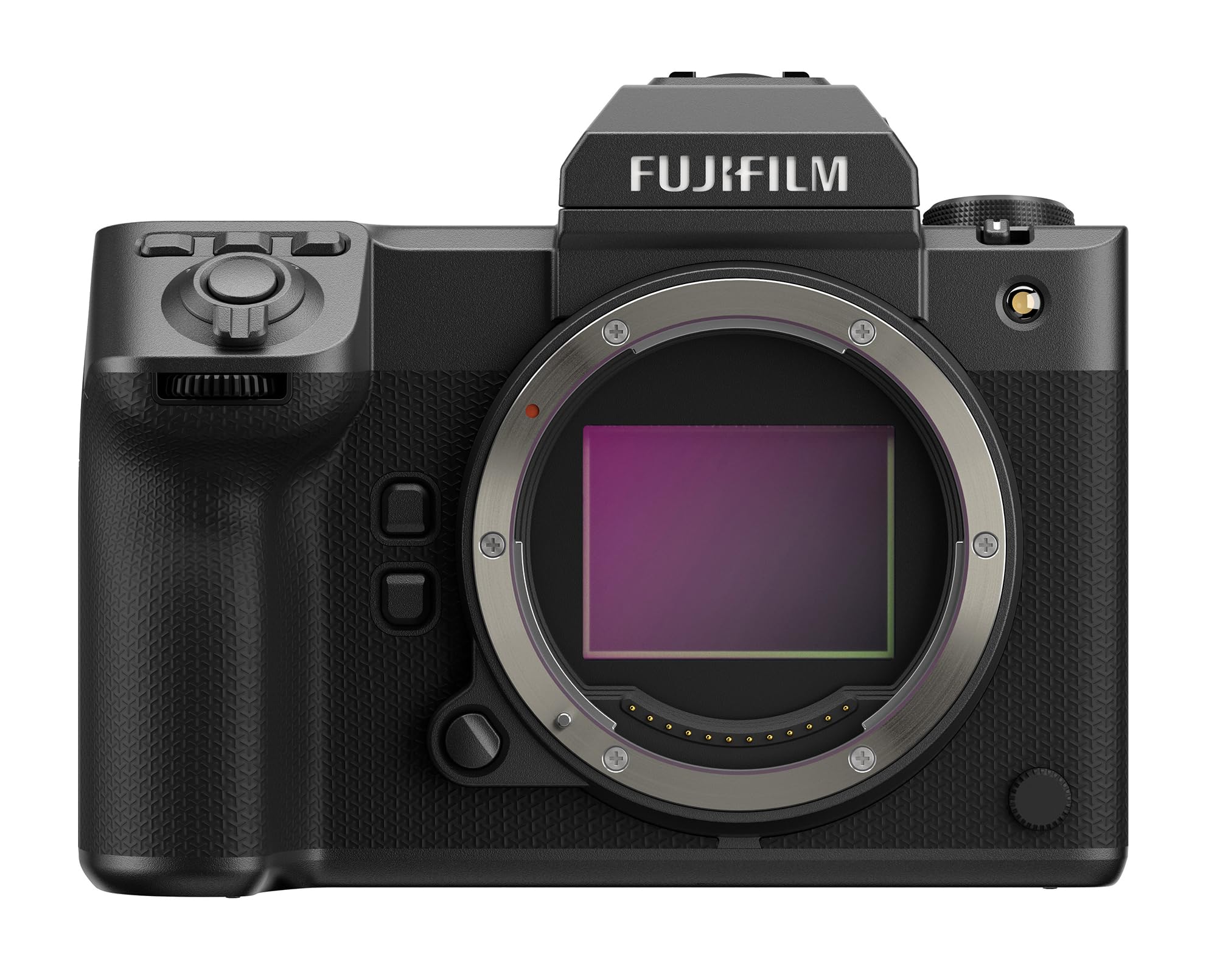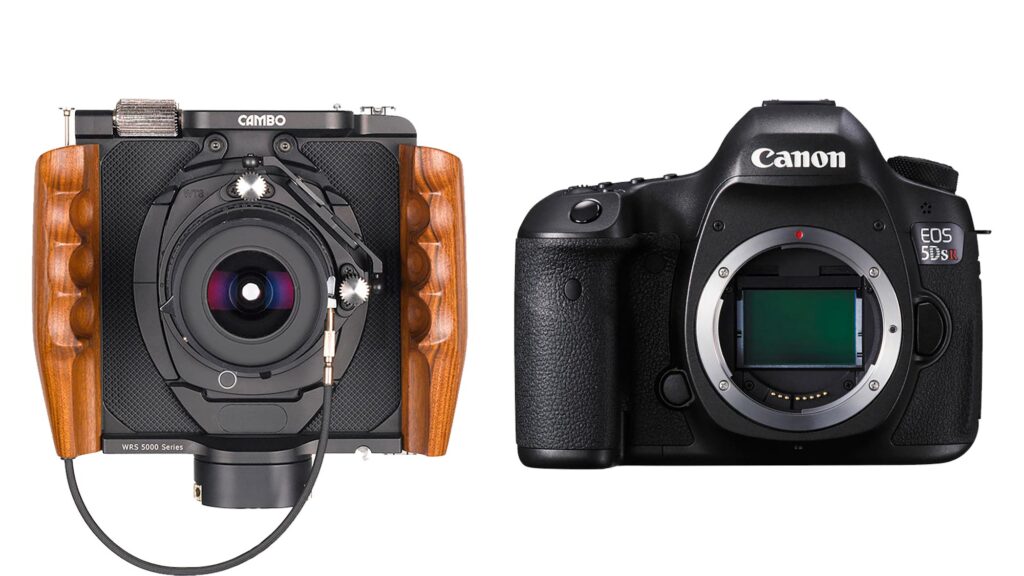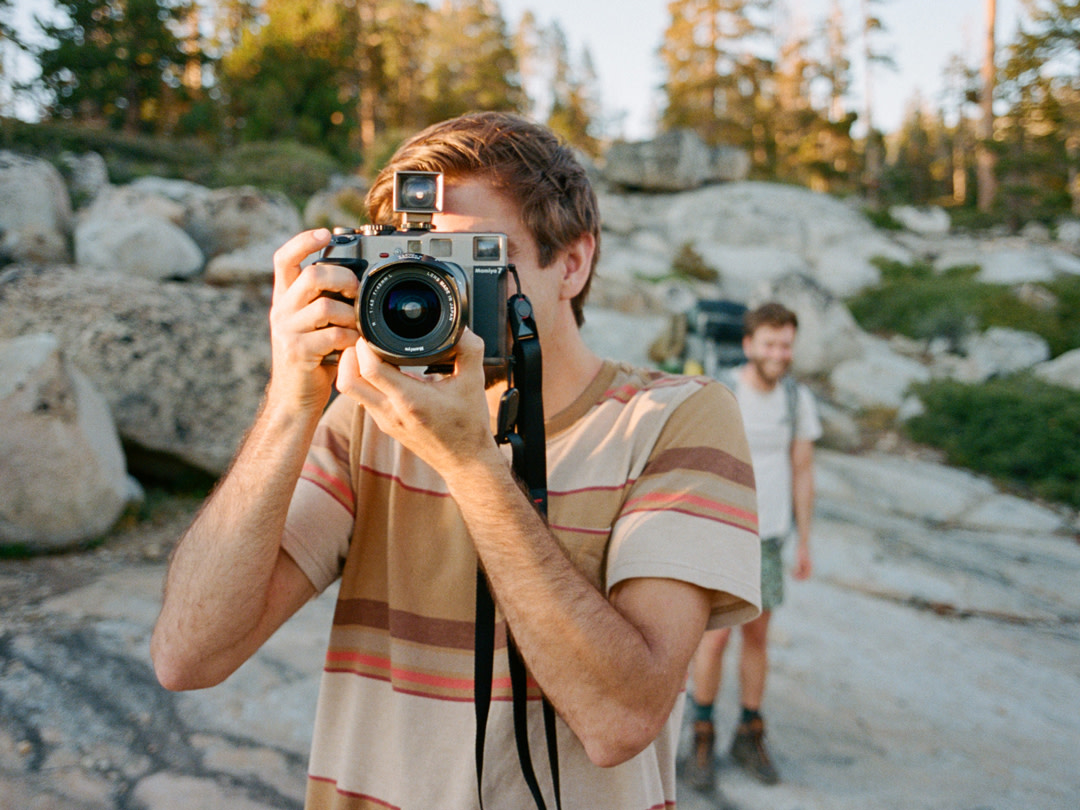The medium format camera has been a cornerstone in the photography world, renowned for its superior image quality and larger film size compared to 35mm cameras. From classic film origins to the modern digital era, these cameras have undergone a significant transformation while maintaining their prestigious status among professional photographers. In this exploration, we’ll trace the evolution of medium format cameras from their film roots to the advanced digital systems available today.
The Golden Age of Film
Rise of the Classic Medium Format
In the early 20th century, medium format cameras became the go-to for professional photographers due to their larger negative size and the ability to capture high-resolution images. Brands like Hasselblad, Mamiya, and Rolleiflex dominated the market with cameras that offered not only quality but also the versatility of interchangeable lenses and accessories.
Superiority in Image Quality and Aesthetics
Medium format film cameras provided a distinct look with a shallow depth of field and a wide dynamic range, ideal for fashion, portrait, and landscape photography. The square or rectangular formats, like the popular 6×6 and 6×7, remain iconic to this day. The film’s larger size granted photographers more detail and less grain, elevating the medium format to a professional standard.

Transition to Digital Technology
Early Digital Medium Format Developments
As digital photography began to emerge, medium format systems initially lagged behind their 35mm counterparts. The challenge was integrating digital technology into larger camera bodies and maintaining the image quality for which they were known. The first digital medium format cameras were essentially film bodies with digital backs, allowing for digital capture while retaining the craftsmanship of the traditional systems.
Advent of the Fully Integrated Digital Medium Format
Over time, manufacturers developed fully integrated digital medium format cameras, which meant the entire system was designed from the ground up for digital use. These cameras featured large sensors that rivaled or exceeded the size of medium format film, ensuring that image quality remained exceptional. Companies like Phase One and Hasselblad became the torchbearers of this digital transition.

Breakthroughs in Sensor and Image Processing
Embracing Large Sensors and High Resolutions
The digital medium format revolution brought sensors larger than those found in full-frame DSLRs, measuring up to 53.4 x 40.0mm, and boasting resolutions of over 100 megapixels. This leap allowed for unprecedented detail capture and provided vast editing flexibility for photographers, reinforcing medium format’s position at the top.
Innovations in Dynamic Range and Sensitivity
Alongside size and resolution, advancements in sensor technology improved dynamic range and low-light performance. Modern digital medium format cameras can capture a broad spectrum of tones from deep shadows to bright highlights, alongside better noise performance at higher ISO settings. These qualities further differentiate the medium format from smaller sensor systems.

The Impact on Photography Styles and Genres
Expanding Horizons Beyond Traditional Uses
Traditionally reserved for studio and landscape photographers due to their size and slower operation, digital medium format cameras have become more versatile and mobile, making them suitable for a broader range of photography styles. The increased portability has allowed photographers to use them for street, documentary, and even sports photography, where larger formats rarely ventured before.
Reinforcing Artistic Expression and Prestige
The distinct ‘medium format look’ continues to be a sought-after aesthetic, often associated with high-end professional work. With the distinct bokeh and tonal gradation that medium format sensors provide, such cameras retain a sense of exclusivity and are often used for high-profile projects, exhibitions, and fine art photography, enhancing the photographer’s artistic expression.

Future Perspectives: The Blending of Technology and Craft
The Continual Fusion of Old and New
Medium format cameras have not abandoned their roots entirely; many digital models incorporate classic design elements and manual controls that evoke the tactile feel of film cameras. This fusion of old-world charm and state-of-the-art technology appeals to photographers who appreciate the craft behind the art.
Predicting Innovations and Market Trends
As sensor technology advances, future medium format cameras will likely become even smaller and more powerful. As medium format cameras become more accessible to enthusiasts, the price difference with high-end DSLRs and mirrorless cameras narrows. This may expand medium format’s reach. It invites a new generation of photographers to experience its unique qualities.

The Fusion of Tradition and Innovation
Preserving the Medium Format Heritage
Even in the age of rapid technological change, digital medium format cameras maintain the visual heritage that made classic film versions legendary. These modern tools honor past traditions by delivering depth and dimensionality in images that stand out in the digital noise. It’s not just the resolution that counts; it’s how the images render subjects and light, bearing a timeless quality reminiscent of historical photographs.
Modern Features Enhancing User Experience
Contemporary digital medium format cameras are packed with modern features. These include touchscreen interfaces and advanced autofocus systems. In some cases, they also feature in-body image stabilization (IBIS). Features once reserved for smaller format cameras now enhance medium format offerings. They improve functionality and user-friendliness. This was traditionally a more deliberate and manual photography process. The result is a camera that respects the pace of tradition while celebrating the convenience of the present.
The Sustainable Development of Medium Format Cameras
Balancing Technological Growth with Environmental Concerns
As with all technology, the production and development of digital medium format cameras have environmental impacts. Manufacturers now consider sustainability in their designs, aiming to produce longer-lasting, more durable products with replaceable components. The longevity that medium format bodies traditionally enjoy is a testament to a less disposable culture in contrast to the rapid replacement cycle in consumer tech.
Embracing the Second-Hand Market
The robust build and timeless value of medium format cameras also give rise to a thriving second-hand market. Photographers seeking the quality associated with medium format can often find pre-owned bodies and lenses in excellent condition. This not only makes medium format photography more accessible to a wider audience but also contributes to a culture of reuse and sustainability within the photography community.
The Enduring Legacy of Medium Format
Medium format cameras have gracefully sailed from the film era into the digital age, continuously raising the bar for image quality and camera performance. This evolution from film to digital has seen traditional design principles adapt to cutting-edge technology. Today’s medium format digital cameras represent the pinnacle of image quality, boasting massive sensors and high-resolution capabilities. As the industry evolves, storied devices continue to inspire photographers. They push the boundaries of what’s possible. This ensures the enduring legacy of the medium format.
